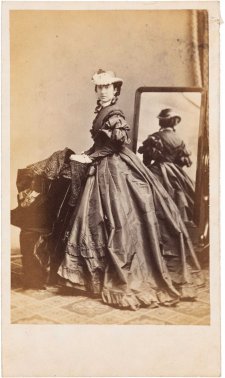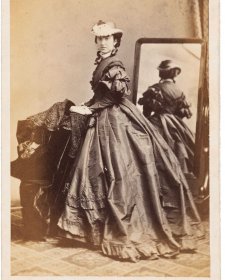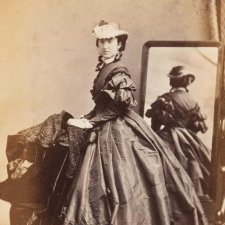- About us
- Support the Gallery
- Venue hire
- Publications
- Research library
- Organisation chart
- Employment
- Contact us
- Make a booking
- Onsite programs
- Online programs
- School visit information
- Learning resources
- Little Darlings
- Professional learning
William St Leonards Robertson (1864–1950) was the eldest child of lawyer and pastoralist William Robertson (1839–1892) and his wife Martha Mary Robertson (née Murphy, 1844–1909). He was educated at Melbourne Grammar and then, like his father, at Wadham College, Oxford. Also like his father, he took a keen interest in rowing and rowed for Oxford in the Boat Races in the mid-1880s. His engagement to Hilda Cumming, the daughter of pastoralist Thomas Forrest Cumming (1842–1918) and his wife Selina (née Dowling, 1845–1937) was announced while he was serving as a lieutenant with the 4th battalion of the Australian Commonwealth Horse in the Boer War. It was reported that ‘the prospective bridegroom is very popular in the world of sport, and is also a large landed proprietor, his family being one of the wealthiest in the Colac district.’ Robertson was promoted to captain with the Victoria Mounted Rifles in 1903 went on to make a career of the military, serving as the Director of Remounts for the Australian army during World War 1. He was appointed OBE in 1920, CBE in 1927; and in 1924 was appointed to the French Ordre du Mérite Agricole for his contribution to agriculture. He held the position of Master of Horse for the tour of the Duke and Duchess of York (later George VI and Queen Elizabeth) in 1927. He retired from military service in 1929 and thereafter lived in Melbourne, where he died in August 1950, survived by Hilda and their two children.
Henry James Johnstone was born in Birmingham in 1835 and studied at the Birmingham School of Design before joining his father’s photographic firm. He arrived in Victoria in 1853 and spent three years on the goldfields before returning to Melbourne and opening a studio in Bourke Street with Emily Florence Kate O’Shaughnessy in 1862. Initially trading as Johnstone & Co, it became Johnstone, O’Shannessy & Co in 1864. They operated in premises next door to the GPO until 1886 and were awarded a medal at the 1866 Intercolonial Exhibition. Johnstone meanwhile continued his art studies, taking lessons from Charles Summers and Louis Buvelot, and later under Thomas Clark at the National Gallery School. According to one historian, Johnstone toured Victoria with HRH Prince Alfred The Duke of Edinburgh during his visit in 1867–1868, by which stage Johnstone, O’Shannessy & Co. was one of Melbourne’s most fashionable photographic studios. O’Shaughnessy – whose name appears always to have been misspelt – is believed to have left the business around 1870, although the studio continued to trade under the Johnstone O’Shannessy name. From 1872 Johnstone exhibited paintings with the Victorian Academy of Arts. He left Melbourne in the late 1870s and was reported to be living in California when four of his paintings were shown at the Victorian Academy of Arts exhibition in 1879. By 1881 he was in England, exhibiting regularly at the Royal Academy until 1900. He died in 1907.
Collection: National Portrait Gallery
Gift of Malcolm Robertson in memory of William Thomas Robertson 2018
Donated through the Australian Government's Cultural Gifts Program
Malcolm Robertson (16 portraits)



On one level The Companion talks about the most famous and frontline Australians, but on another it tells us about ourselves.



Drawn from the NPG’s burgeoning collection of cartes de visite, Carte-o-mania! celebrates the wit, style and substance of the pocket-sized portraits that were taken and collected like crazy in post-goldrush Australia.



Visit us, learn with us, support us or work with us! Here’s a range of information about planning your visit, our history and more!